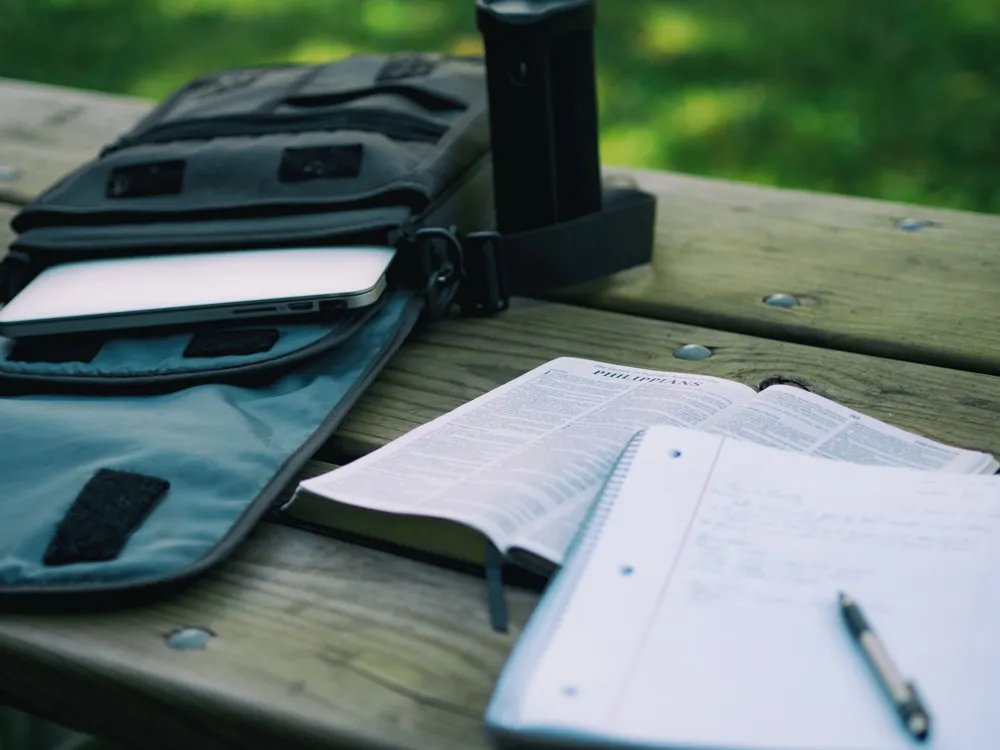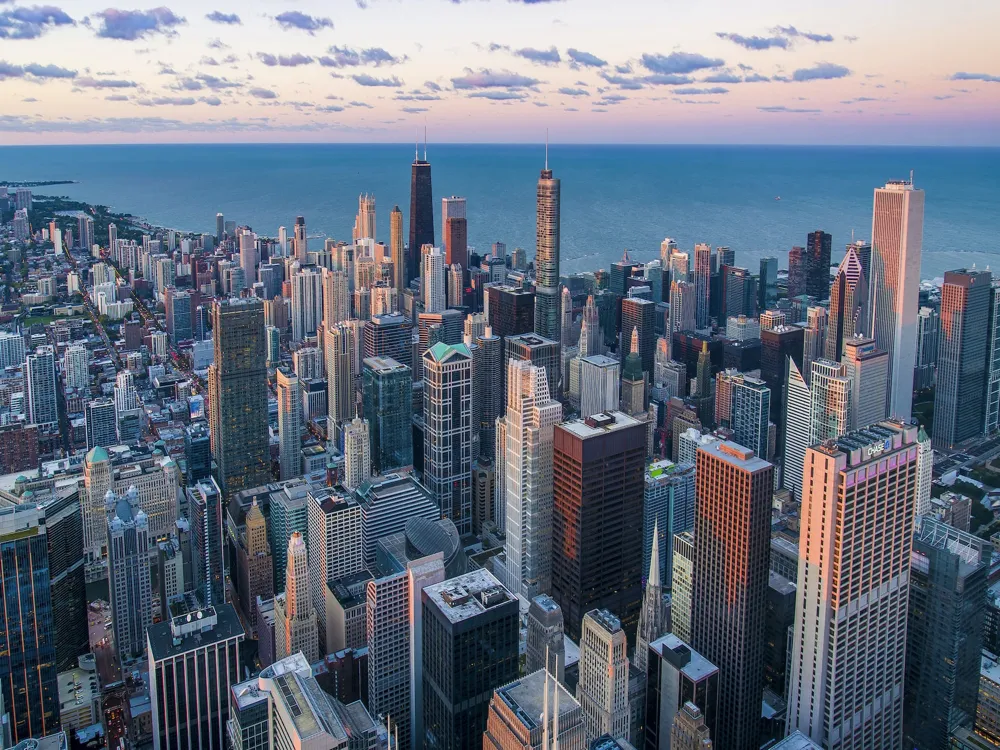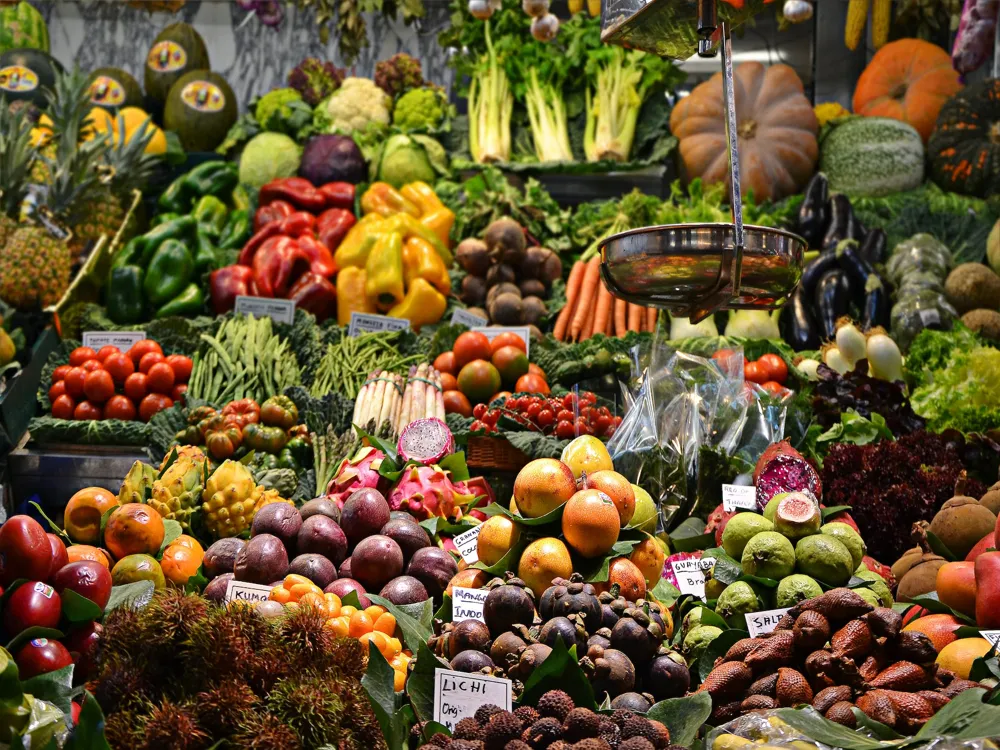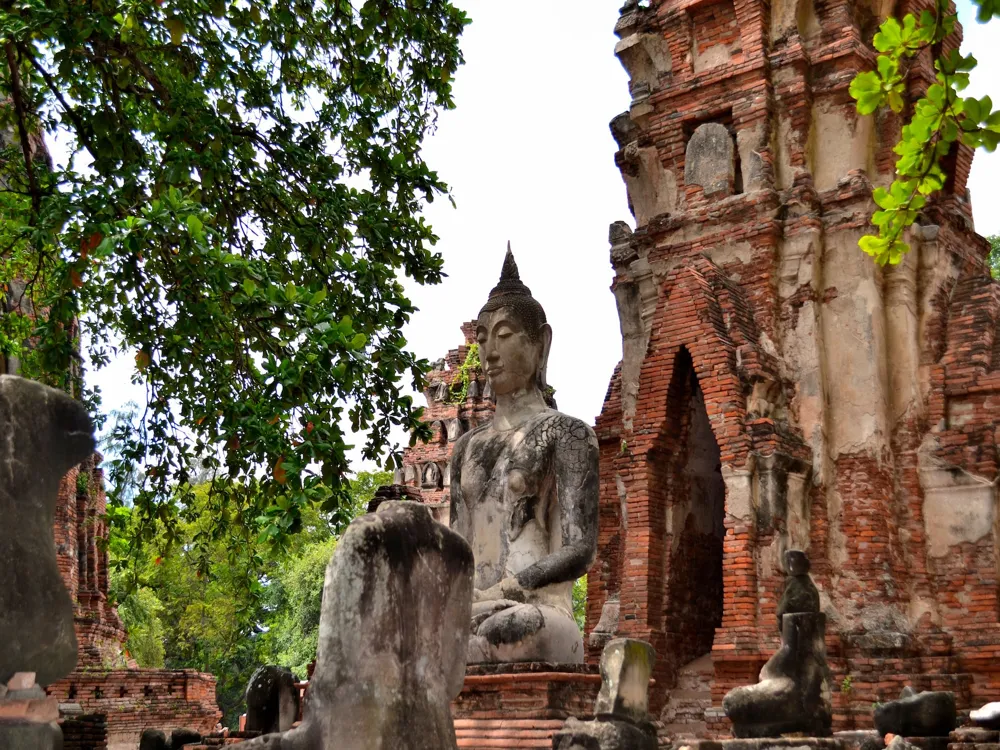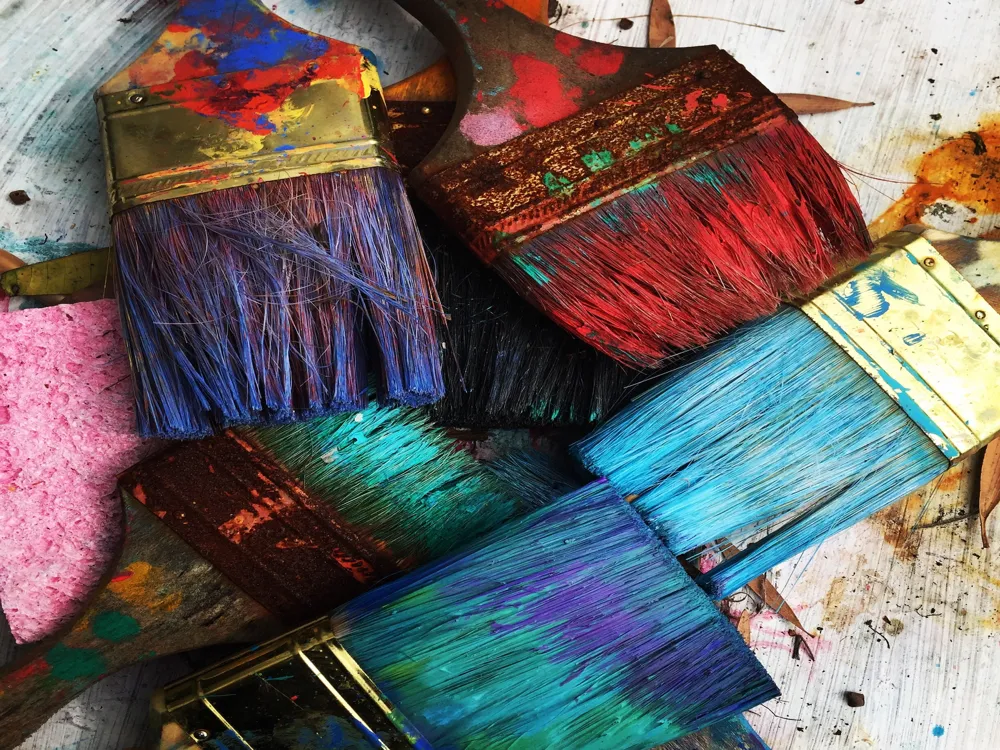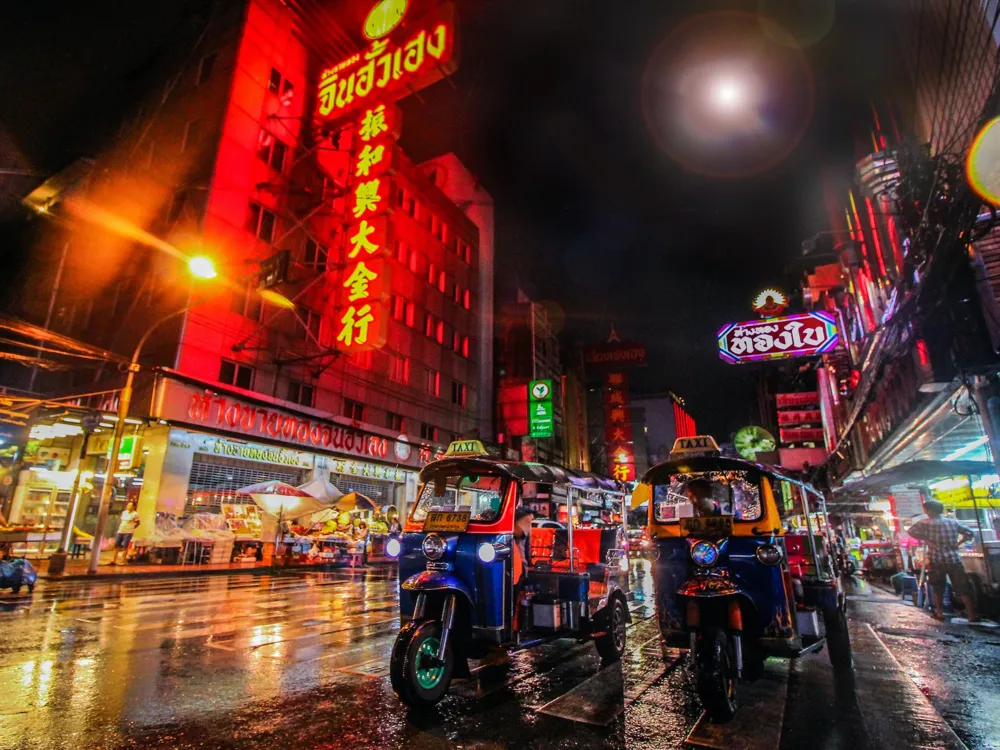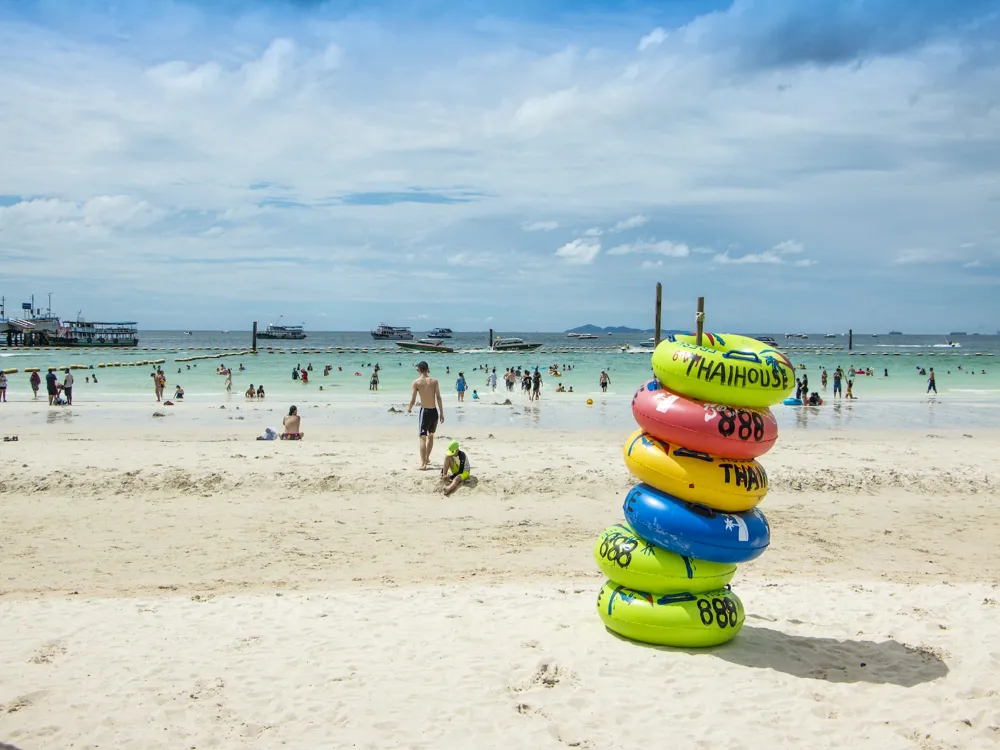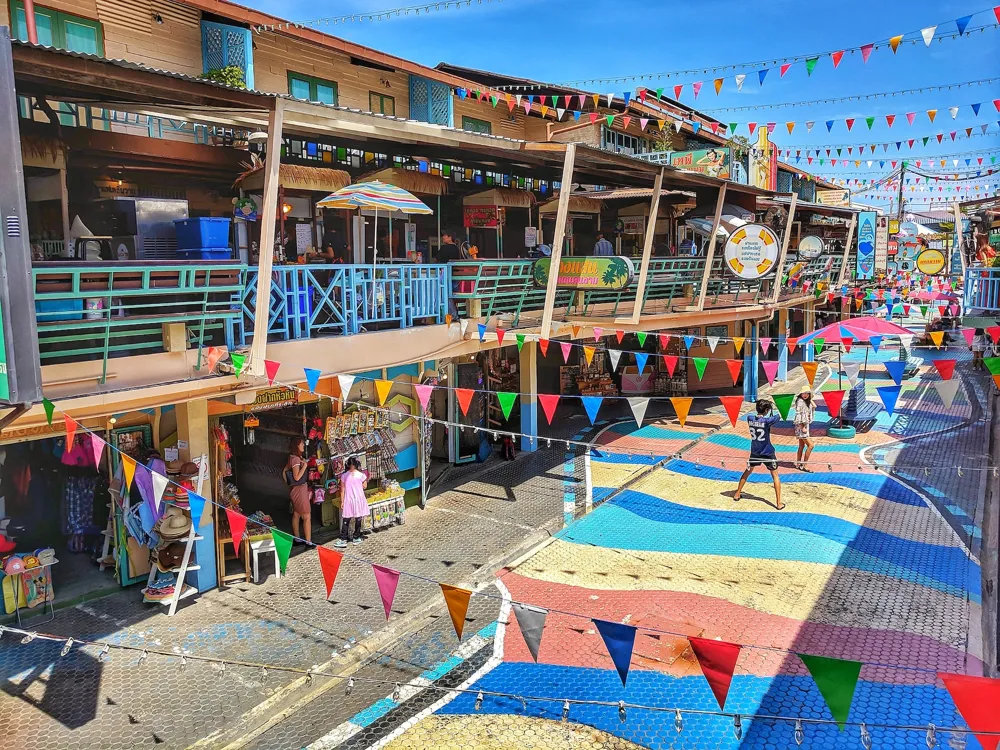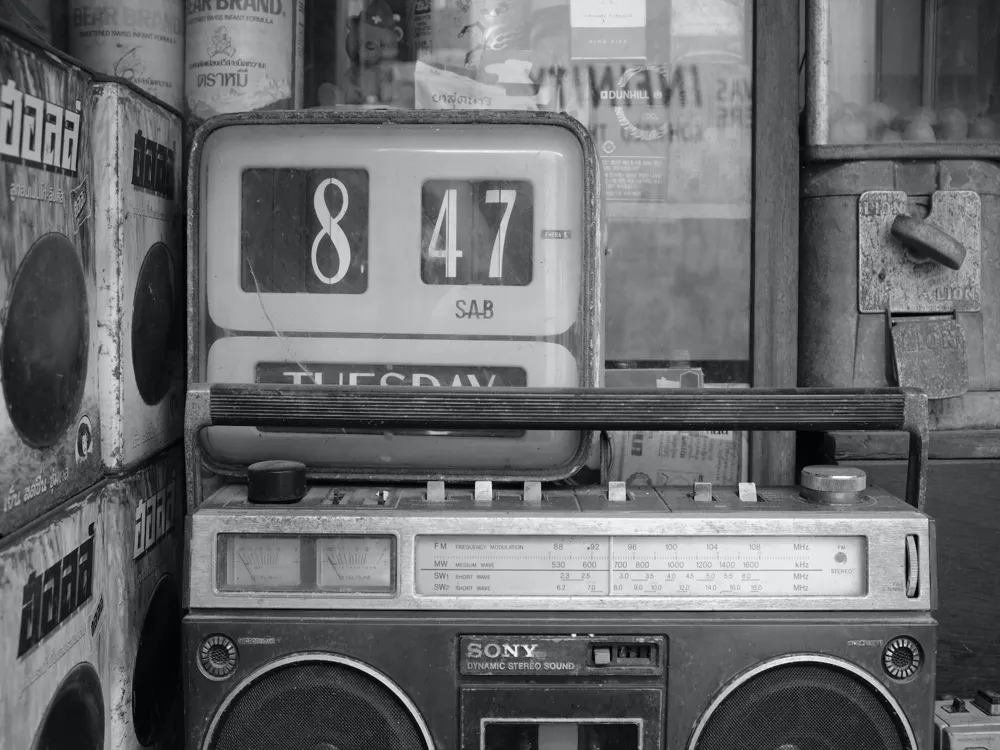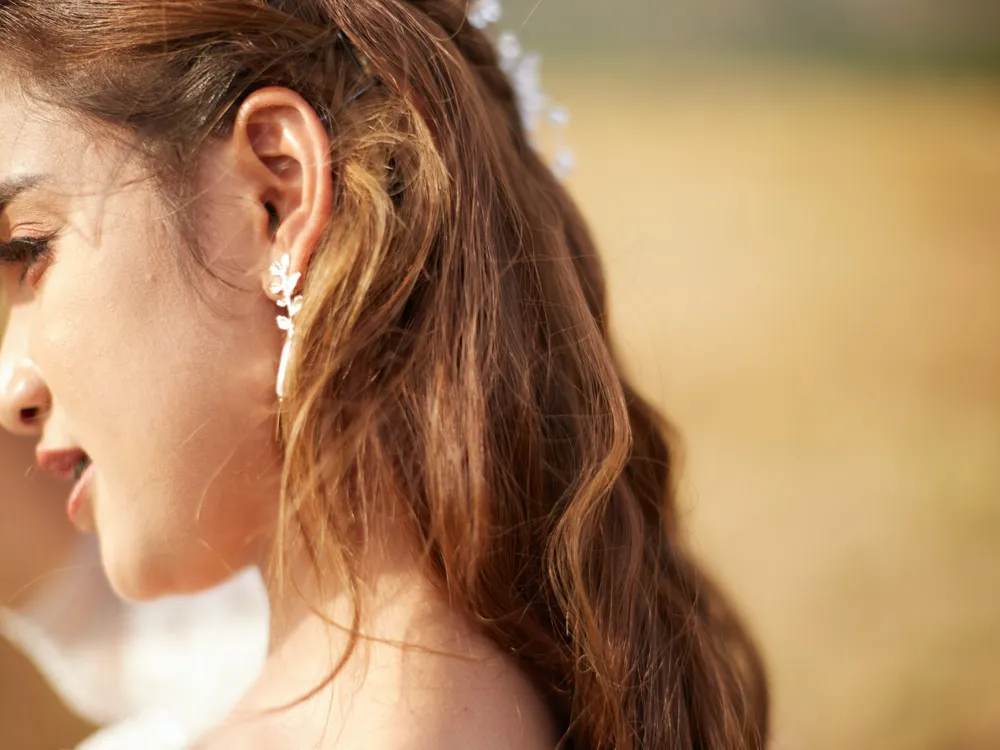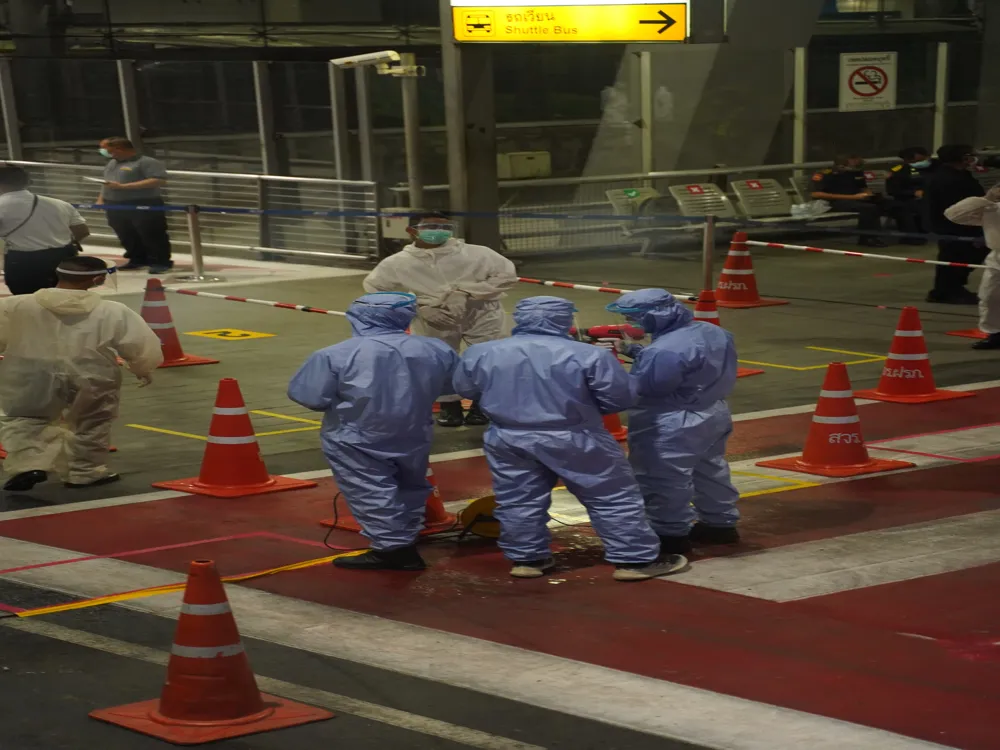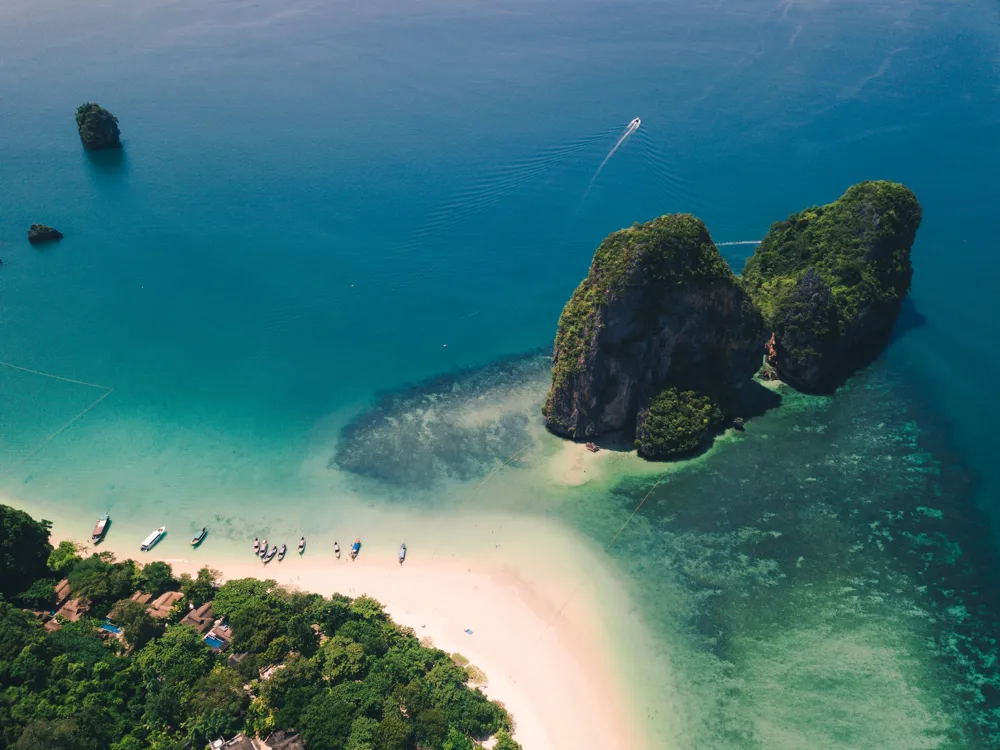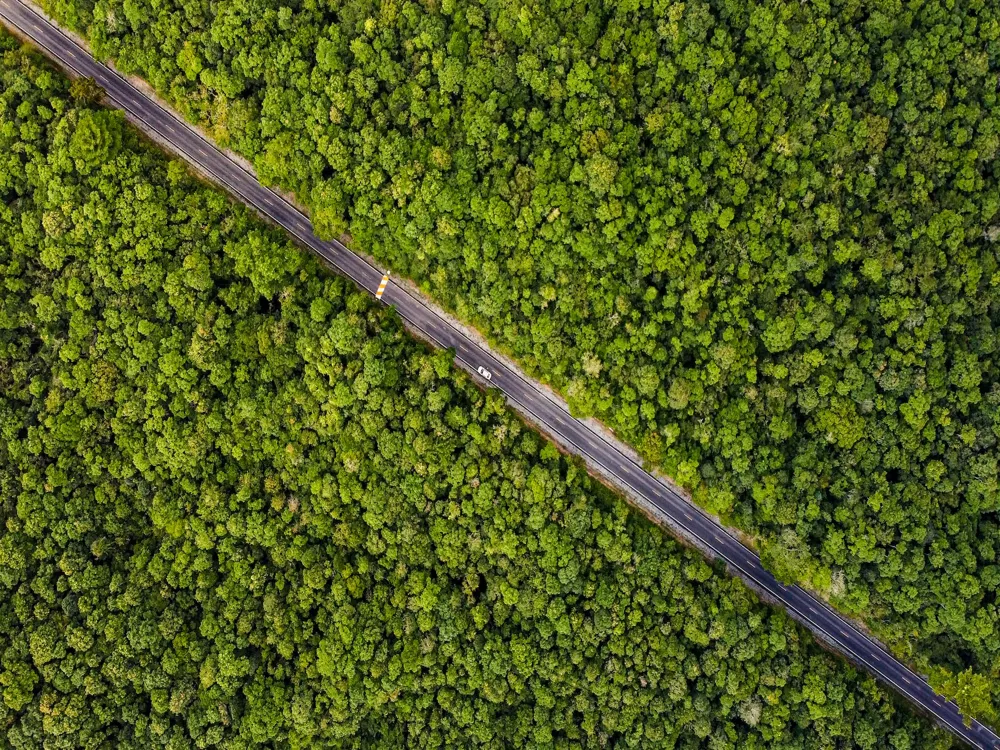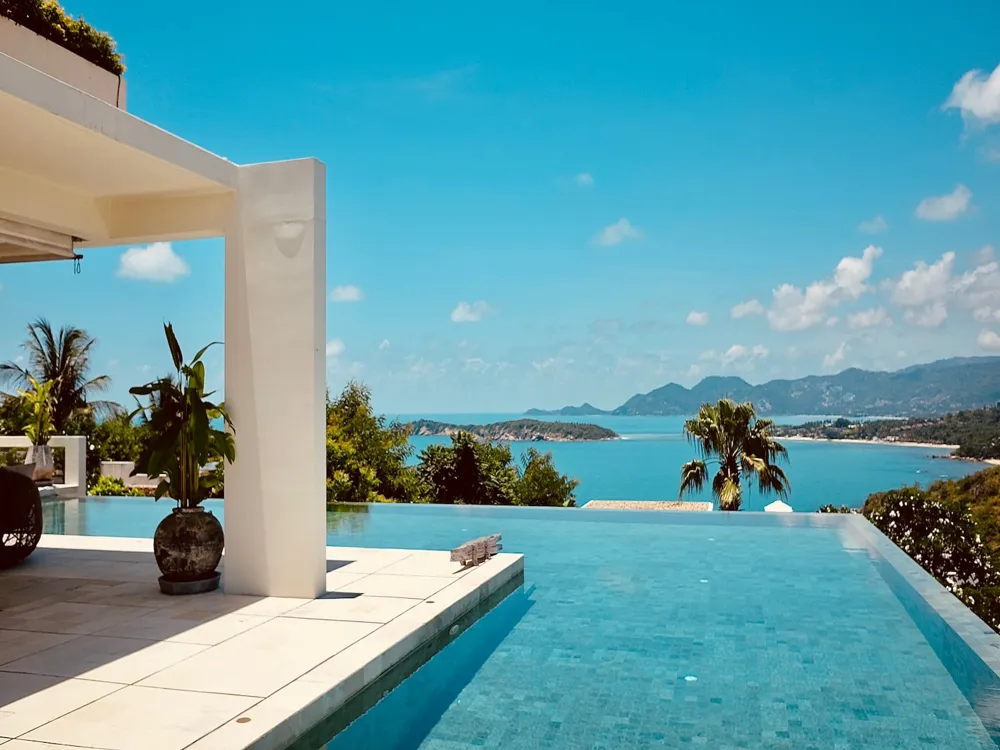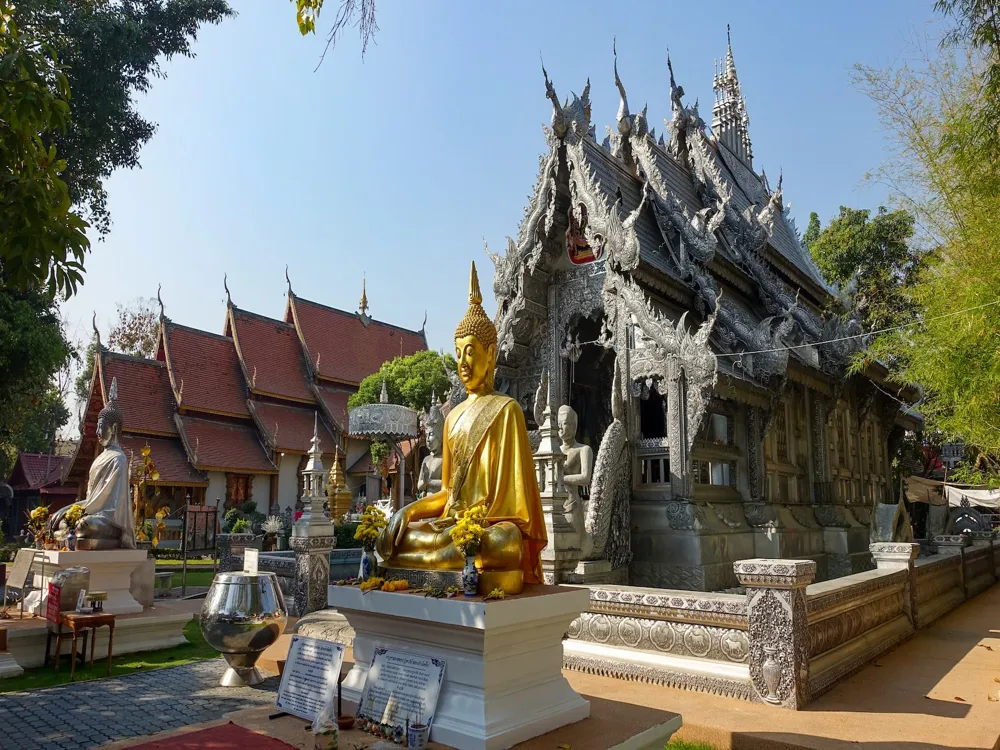Wat Maheyong, a historical gem nestled in the heart of Ayutthaya, Thailand, is an emblem of the city's rich cultural and architectural heritage. Established during the 15th century, this Buddhist temple has witnessed the ebb and flow of Ayutthaya's history, playing a pivotal role in the spiritual and social fabric of the kingdom. The temple's name, Maheyong, translates to 'Great Monk's Residence,' signifying its importance as a center for Buddhist learning and meditation. Over the centuries, Wat Maheyong has been a silent spectator to the rise and fall of the Ayutthaya Kingdom, enduring invasions and natural calamities. Its architecture is a testament to the ingenuity and artistry of ancient Thai builders, blending elements of Hindu and Buddhist motifs. The temple's layout follows the traditional Khmer style, featuring a central prang (tower) surrounded by smaller chedis (stupas) and viharas (assembly halls). The prang, the focal point of the complex, stands majestically, albeit in ruins, narrating tales of the temple's former glory. The walls of Wat Maheyong are adorned with intricate stucco work, depicting scenes from Buddhist Jataka tales and Hindu mythology. These frescoes, though faded with time, provide valuable insights into the religious and cultural milieu of ancient Ayutthaya. The temple also houses several Buddha statues, some in a state of preservation, while others bear the scars of time, symbolizing the impermanence of life. The significance of Wat Maheyong extends beyond its religious and historical value. It is a symbol of resilience, showcasing the ability of Ayutthaya's heritage to withstand the tests of time. Today, it stands not just as a relic of the past but as a beacon of learning, attracting historians, archaeologists, and spiritual seekers from around the globe. Its serene ambiance, amidst the bustling city, offers a tranquil retreat for those seeking solace and introspection. In summary, Wat Maheyong is not just an architectural marvel but a living chronicle of Ayutthaya's storied past. It invites visitors to delve into its corridors, explore its ruins, and immerse themselves in the echoes of history that resonate within its walls. The architectural grandeur of Wat Maheyong, Ayutthaya, is a confluence of religious symbolism, historical significance, and artistic mastery. As one of Ayutthaya's most prominent temple complexes, Wat Maheyong's design reflects the sophisticated engineering and artistic skills of its builders, offering a glimpse into the spiritual and cultural ethos of the time. Central to the temple's architectural scheme is the prang, a towering structure that dominates the landscape. The prang's design is heavily influenced by Khmer architecture, evident in its steep, tiered structure and corniced tiers. This central tower symbolizes Mount Meru, the center of the universe in Hindu and Buddhist cosmology, and serves as the focal point for religious ceremonies and rituals. Surrounding the prang are numerous chedis, smaller bell-shaped structures that house relics and serve as memorials. The chedis at Wat Maheyong exhibit a blend of architectural styles, with some featuring the classic lotus-bud shape characteristic of Ayutthaya design, while others display influences from Sri Lankan stupas. These structures are strategically placed, creating a harmonious balance and symmetry within the complex. The viharas, or assembly halls, are another integral component of Wat Maheyong's architecture. These halls, used for congregational worship and teaching, are adorned with elaborate wood carvings and murals depicting scenes from the Buddha's life. The juxtaposition of these narrative artworks against the stark stone walls creates a poignant contrast, reflecting the duality of life's transient nature and eternal truths. The entire temple complex is encircled by a moat, a common feature in Ayutthaya's temple architecture, symbolizing the cosmic ocean surrounding Mount Meru. The moat not only adds to the aesthetic appeal of the temple but also served practical purposes, providing defense and aiding in water management. In essence, the architecture of Wat Maheyong is a rich tapestry of religious symbolism, historical narratives, and artistic expression. It stands as a monumental testament to the architectural prowess of ancient Thai civilization and continues to fascinate and inspire visitors and scholars alike. To make the most of your visit to Wat Maheyong, plan ahead. The temple is open from sunrise to sunset, and the best time to visit is early morning or late afternoon to avoid the midday heat. There is no entrance fee, making it an accessible attraction for all visitors. As a historical and religious site, it's important to show respect. Dress modestly, covering shoulders and knees, and remove shoes when entering enclosed structures. Be mindful of your surroundings and refrain from touching or climbing on the ancient ruins. The temple complex is vast, so wear comfortable shoes for walking. Consider hiring a local guide to gain deeper insights into the history and architecture of Wat Maheyong. Don't forget to carry water, sunscreen, and a hat to protect yourself from the sun. Wat Maheyong offers stunning photo opportunities. The best shots can be captured during the golden hour when the sunlight casts a magical glow on the ruins. Respect the sanctity of the site and avoid posing inappropriately with the Buddha statues. Wat Maheyong is located in the Ayutthaya Historical Park, approximately 76 kilometers north of Bangkok. The most convenient way to reach Wat Maheyong is by car or taxi, which takes about an hour from Bangkok. Alternatively, visitors can take a train from Bangkok's Hua Lamphong Station to Ayutthaya, followed by a short tuk-tuk ride to the temple. For those preferring a more scenic route, river boats offer services from Bangkok to Ayutthaya, providing a unique perspective of the riverside landscapes. Read More:Overview of Wat Maheyong in Ayutthaya
Architecture of Wat Maheyong
Tips When Visiting Wat Maheyong
Planning Your Visit
Respecting the Site
Navigating the Complex
Photography Tips
How To Reach Wat Maheyong
Wat Maheyong
Ayutthaya
₹ 60,000 onwards
View ayutthaya Packages
Weather :
Tags : Buddhist Temple
Timings : 8:00 AM - 5:00 PM
Time Required : 1-2 hrs
Entry Fee : THB 50
Planning a Trip? Ask Your Question
Ayutthaya Travel Packages
View All Packages For Ayutthaya
Top Hotel Collections for Ayutthaya

Private Pool

Luxury Hotels

5-Star Hotels

Pet Friendly
Top Hotels Near Ayutthaya
Other Top Ranking Places In Ayutthaya
View All Places To Visit In ayutthaya
View ayutthaya Packages
Weather :
Tags : Buddhist Temple
Timings : 8:00 AM - 5:00 PM
Time Required : 1-2 hrs
Entry Fee : THB 50
Planning a Trip? Ask Your Question
Ayutthaya Travel Packages
View All Packages For Ayutthaya
Top Hotel Collections for Ayutthaya

Private Pool

Luxury Hotels

5-Star Hotels

Pet Friendly







